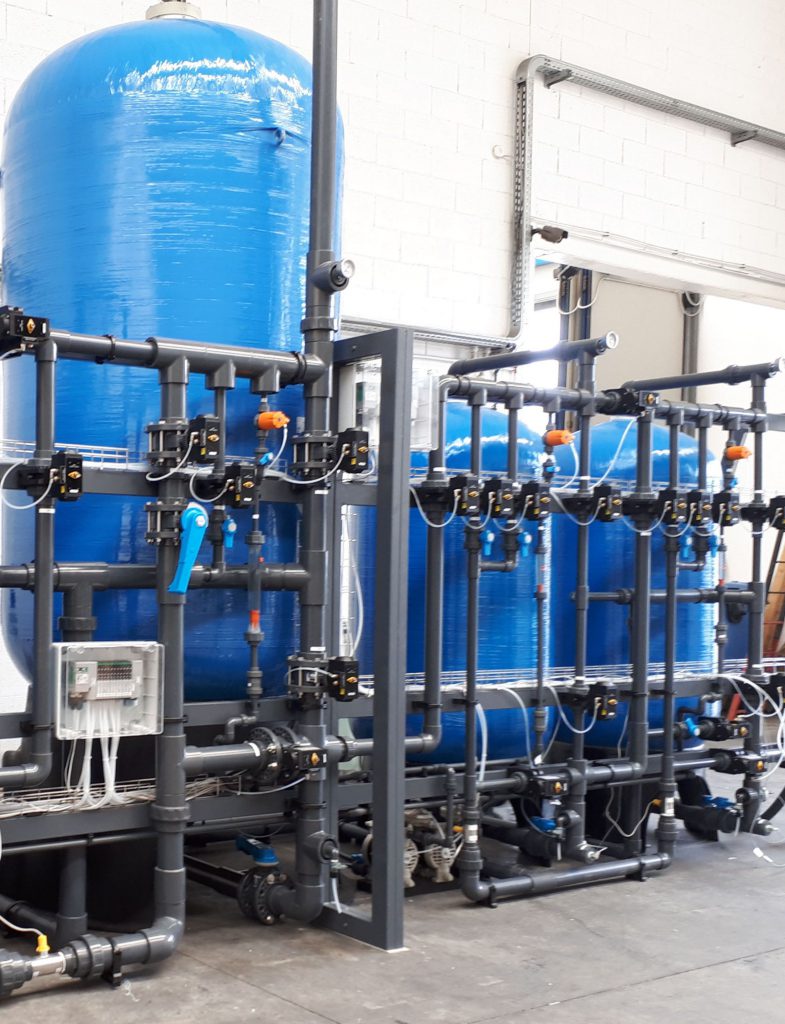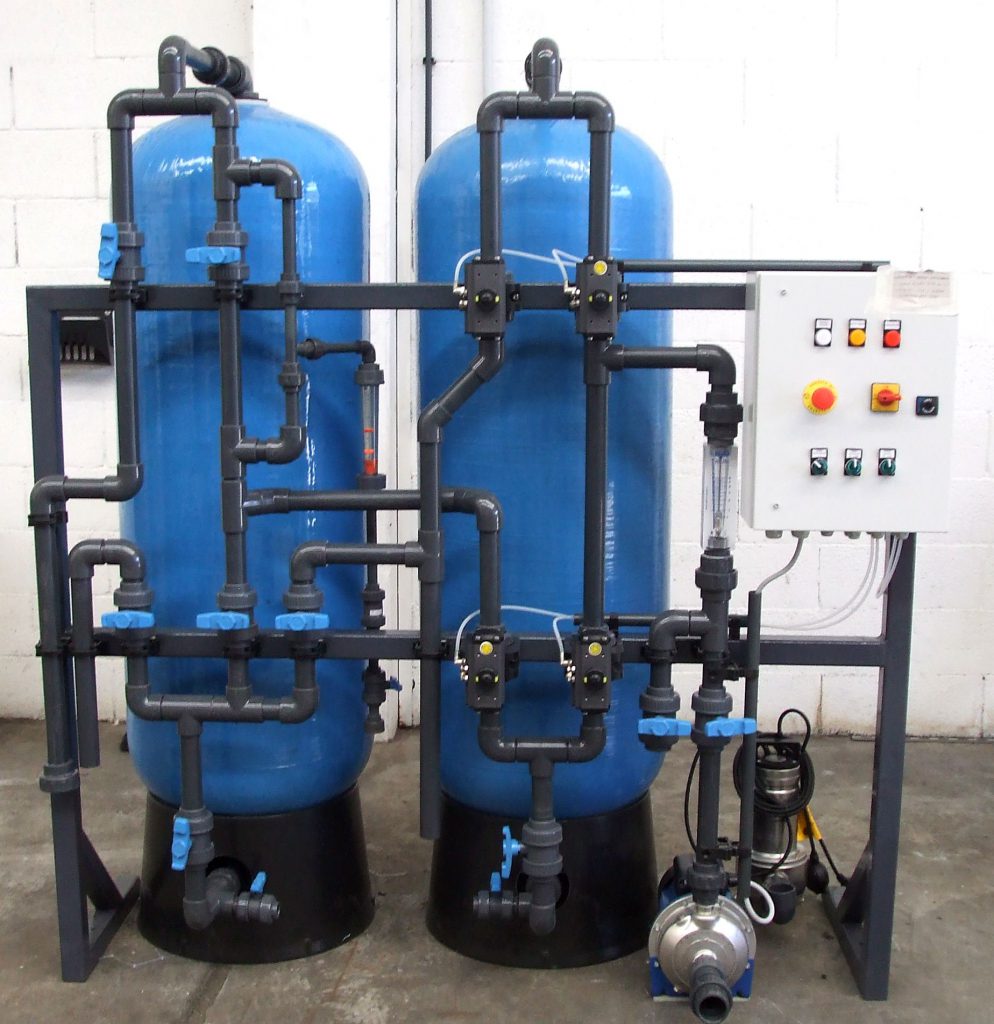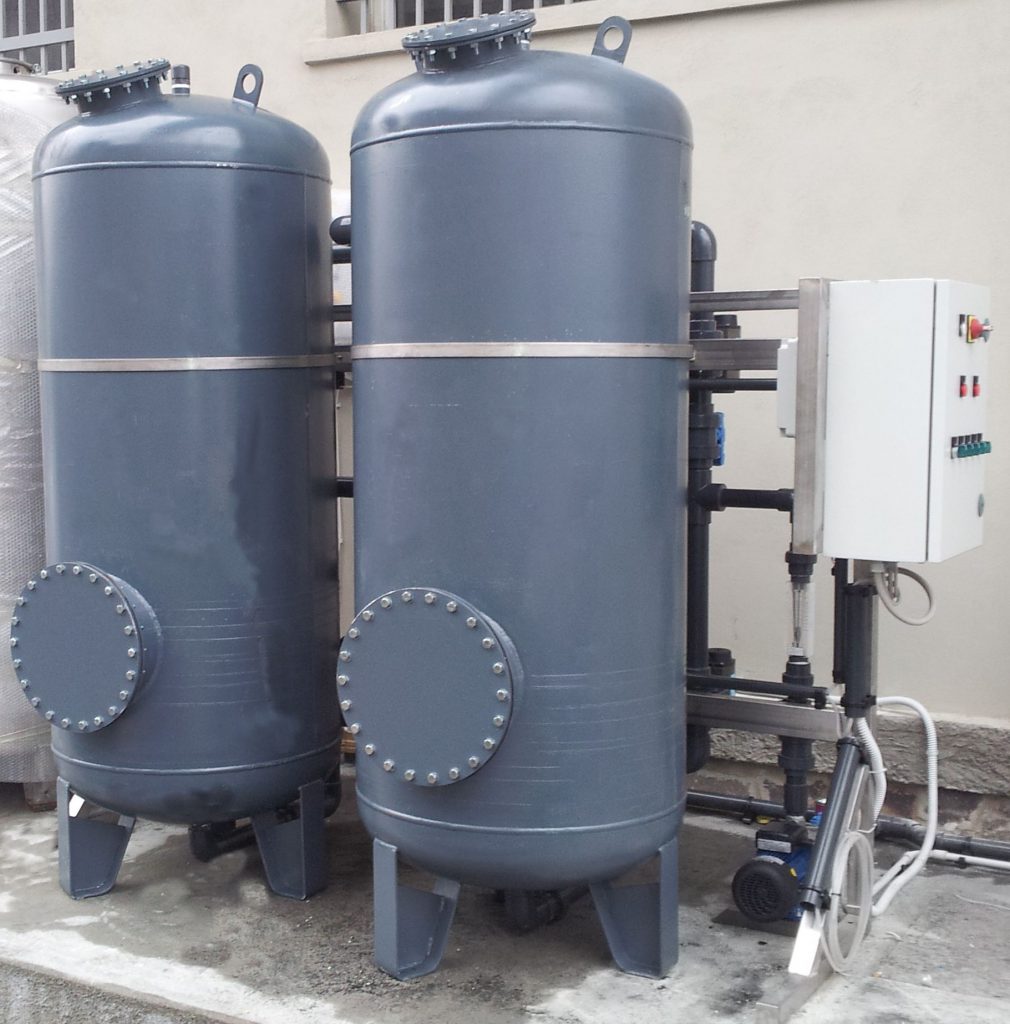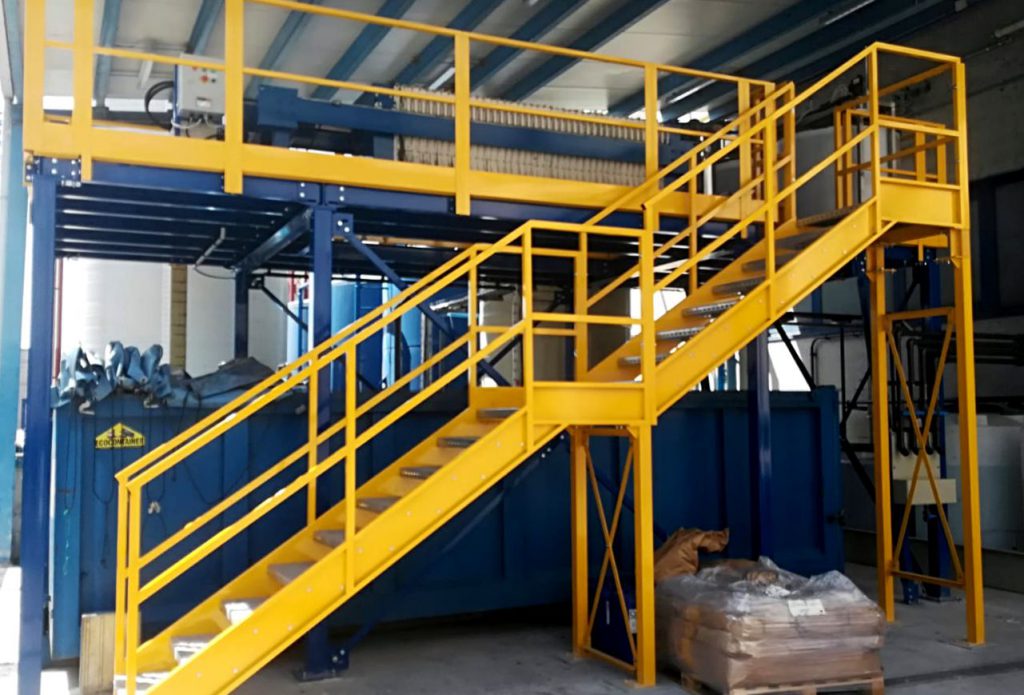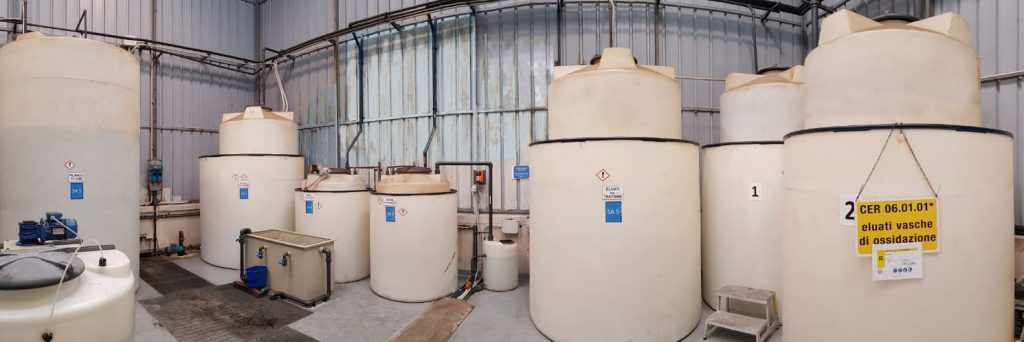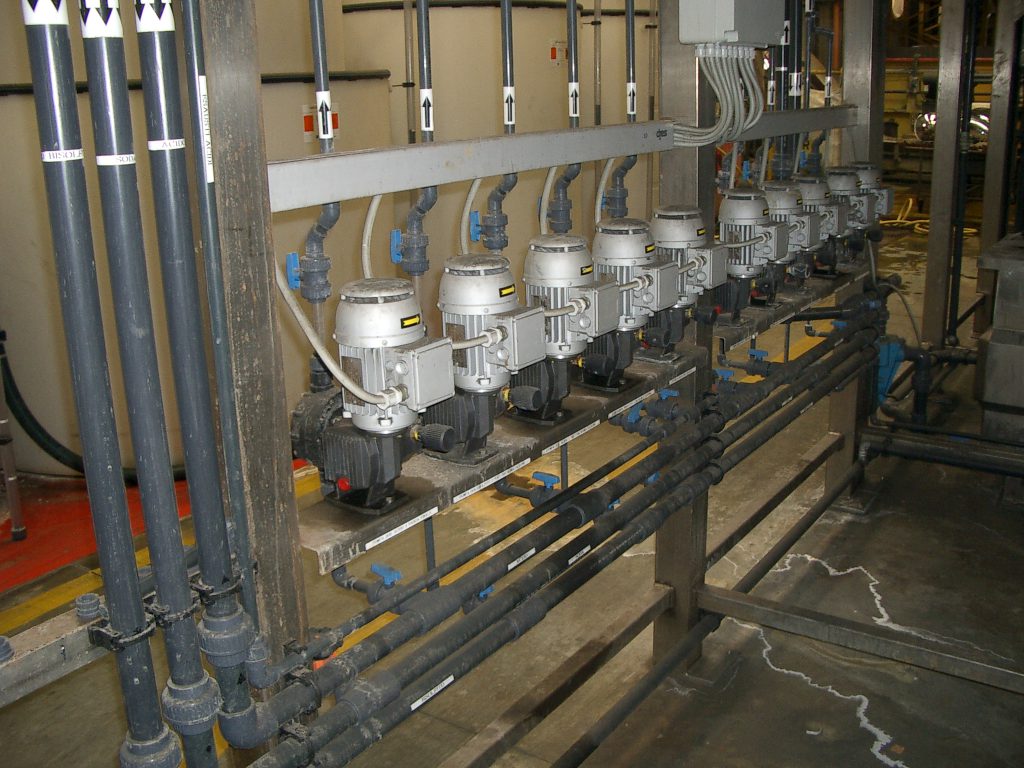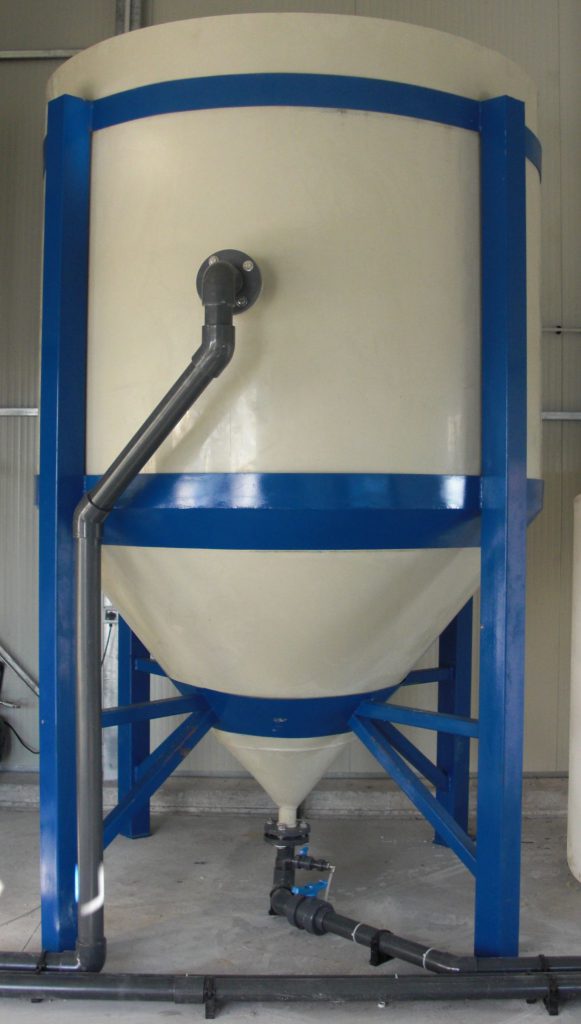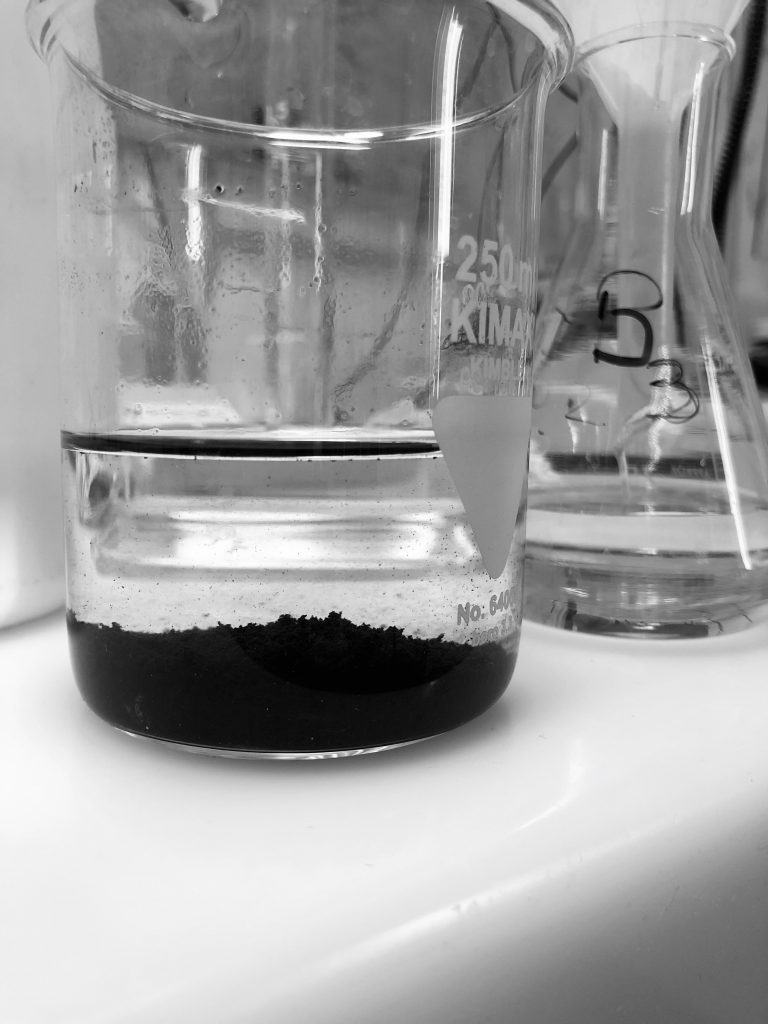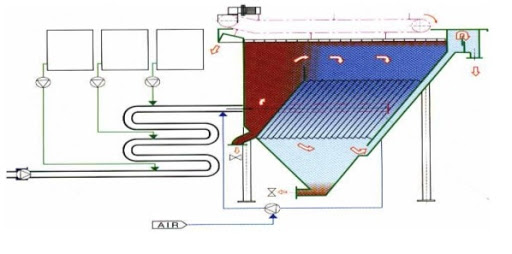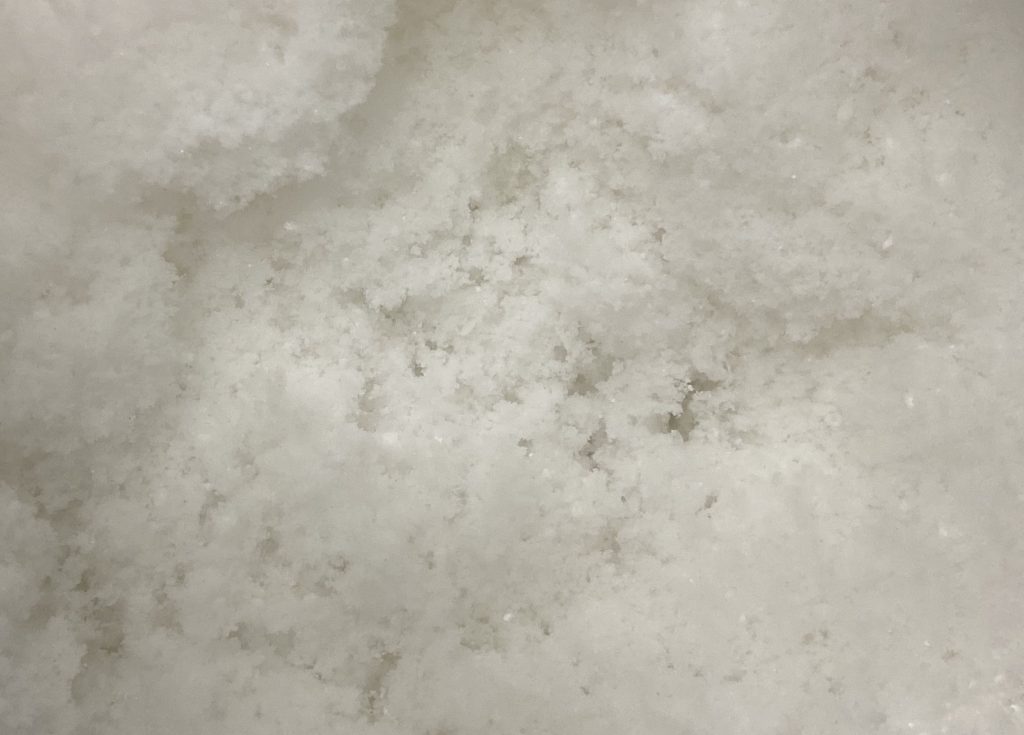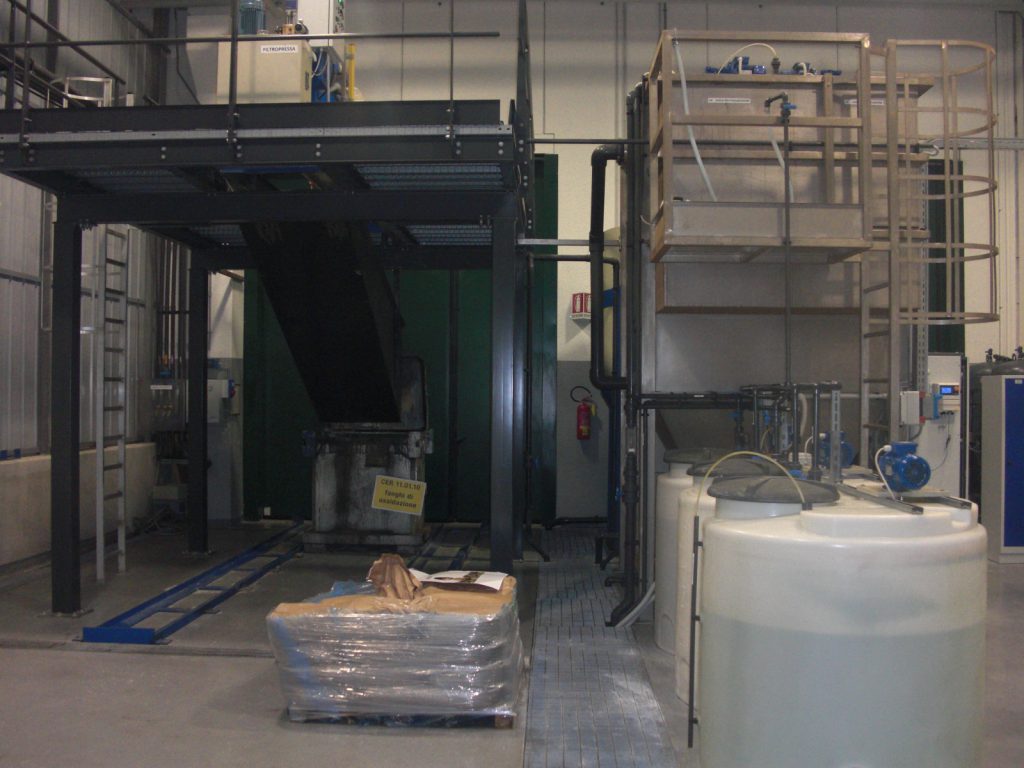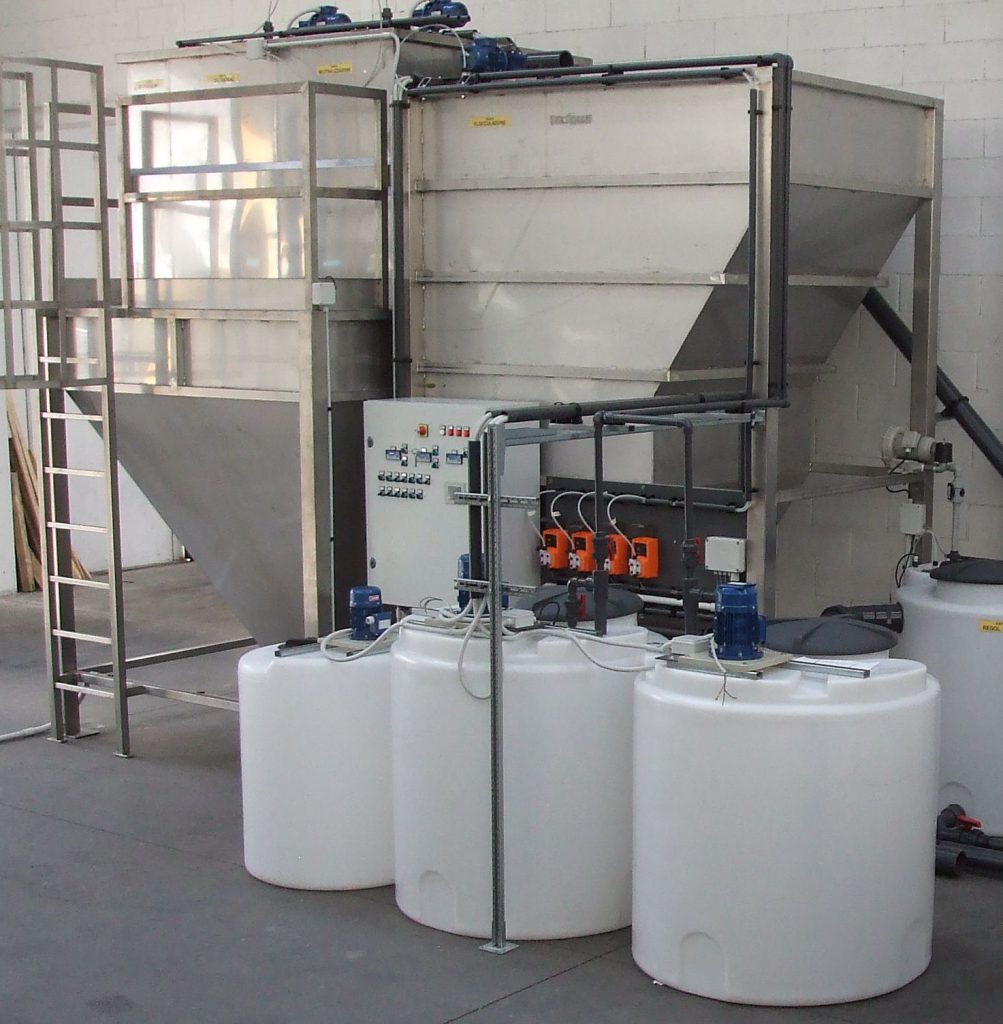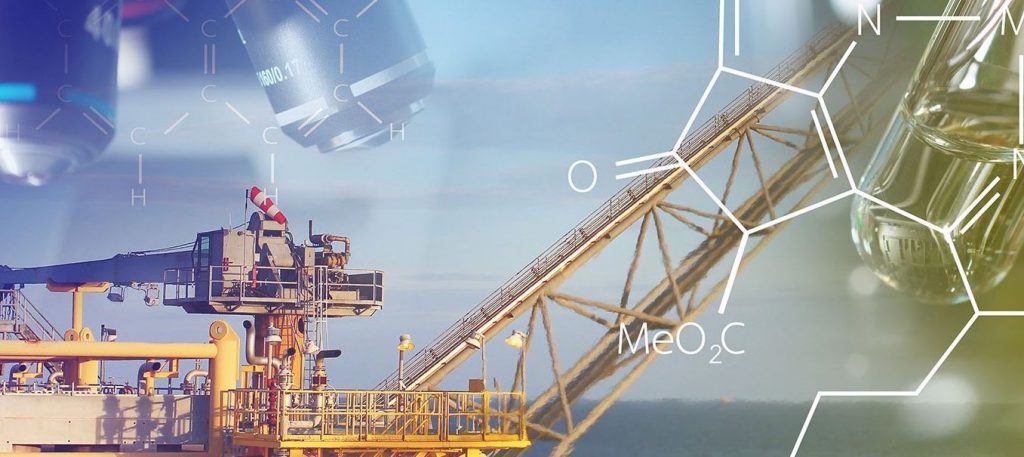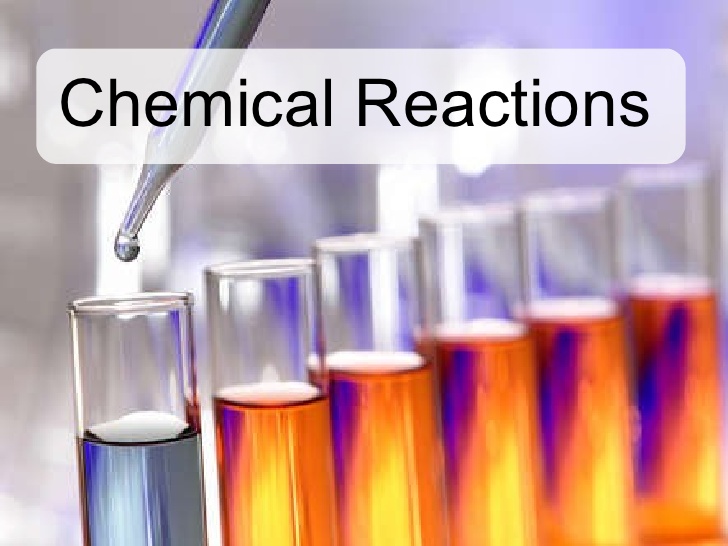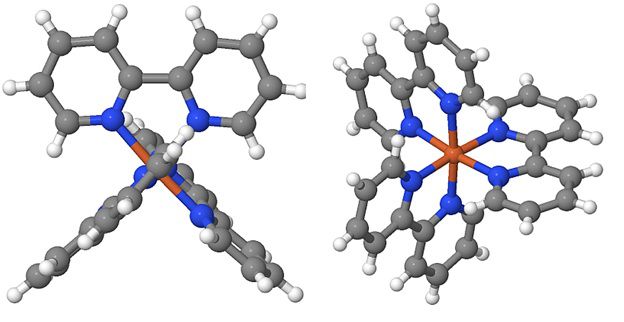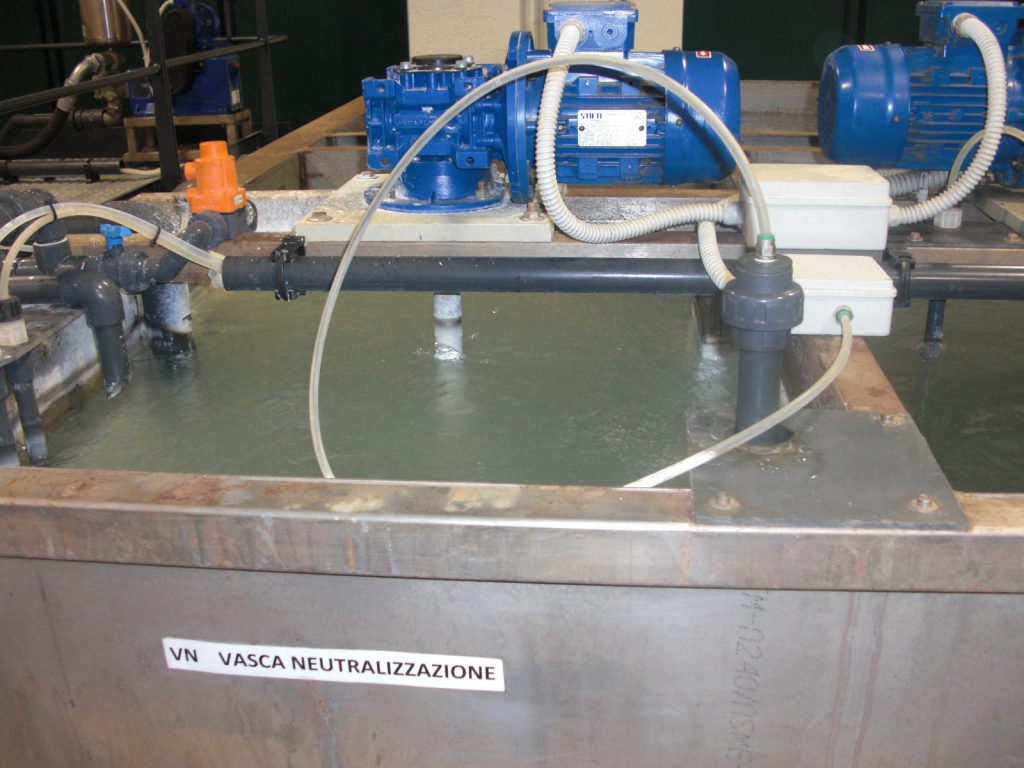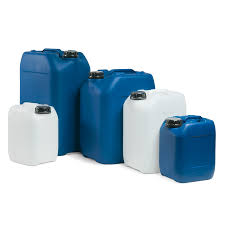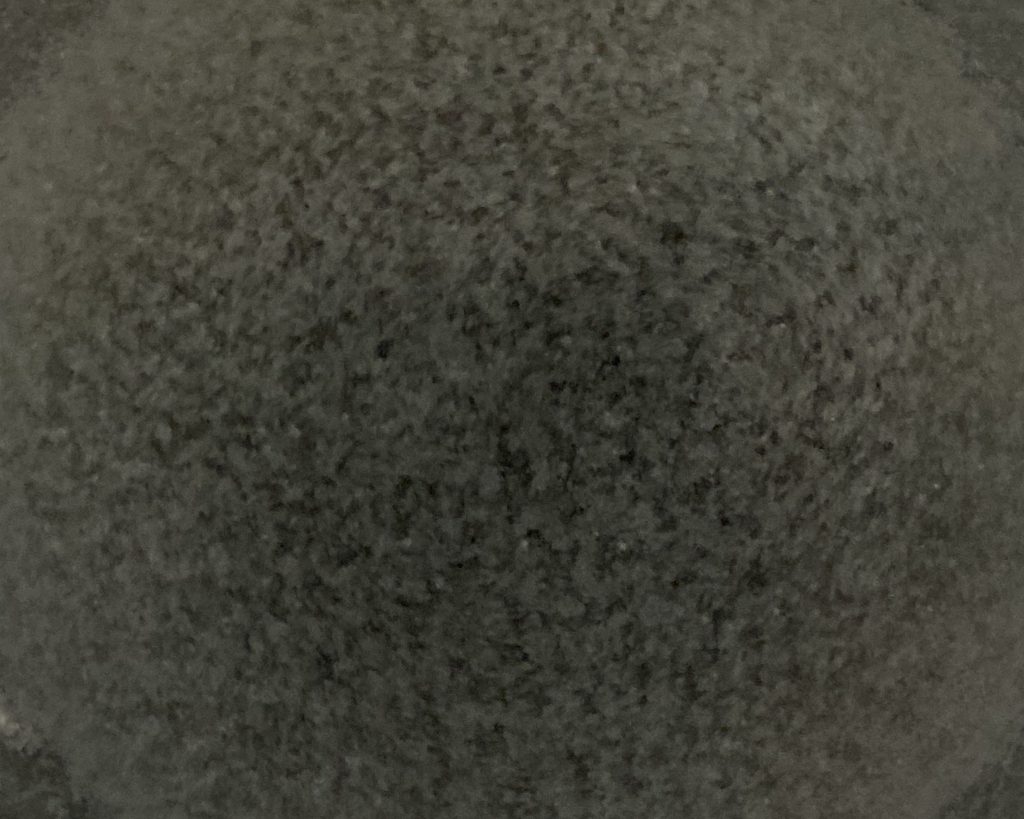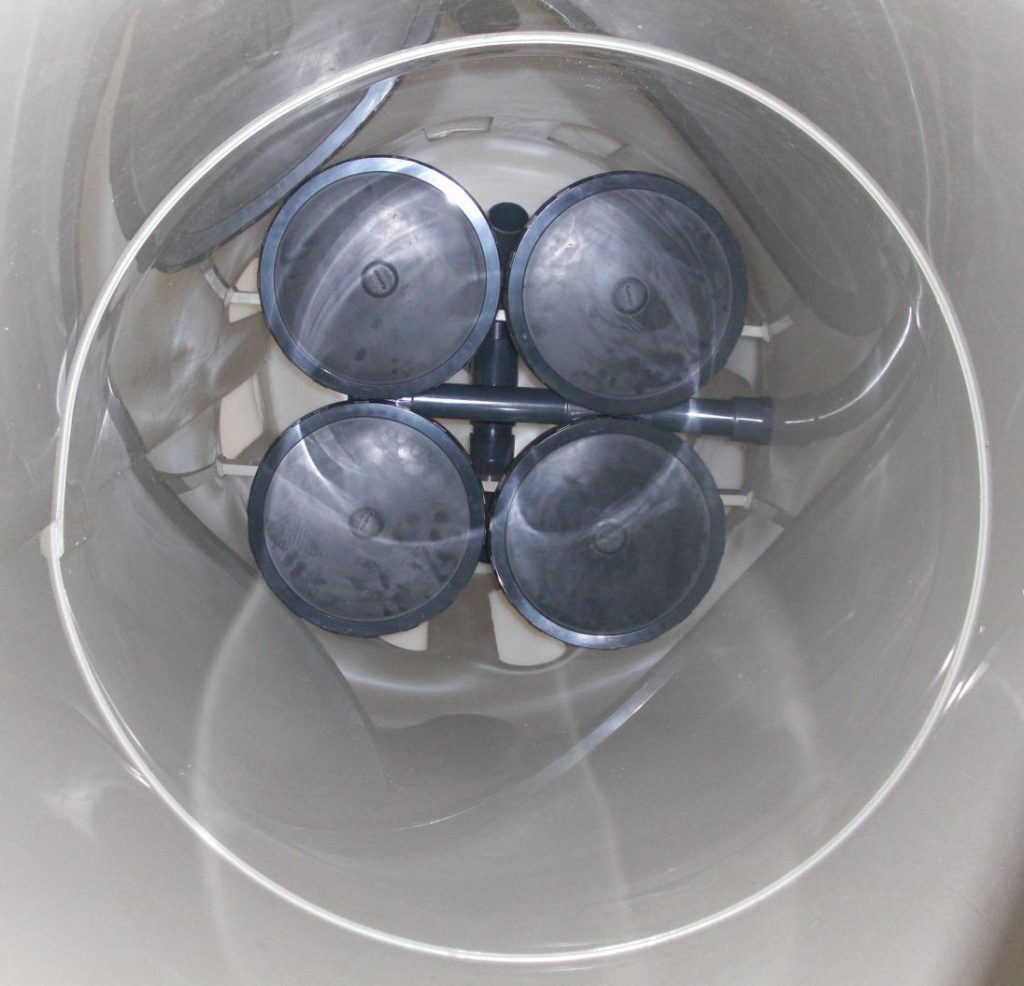The process of ADVANCED OXIDATION with OZONE in wastewater treatment is now an established reality, the reaction sought by injection into ozone water is the formation in water of hydroxyl radicals of a strongly oxidizing nature.
The hydroxyl radical that is created in the wastewater to be treated with the addition of ozone, reacts with the dissolved pollutants, this starts a sequence of rapid oxidizing reactions that lead to the final and complete oxidation of the pollutants present as the surfactants COD, TOC and substances normally not degradable.
Ozone is a molecule composed of three oxygen atoms with a negative electrical charge and relatively unstable.
This gas has one of the highest oxidation power so far known, the reaction mechanism is defined “direct” and “indirect”, because after the first phase of oxidation the reaction produces OH radicals, these short-lived radicals have an even higher and stronger oxidation power than ozone against organic substances.
Activation / Direct reaction =O3 + O2– -> O3– + O2 / O3– + H+ -> HO3- (PH < ≈ 8)
Indirect Radicals Reaction = OH- + O3 -> HO4- / HO4- -> O2 + HO2-
The ozone reaction has a wide, stable and fast oxidation range against aromatic substances (electrophilic reaction), while OH-radicals react with practically any compound, the production of radicals can be amplified with hydrogen peroxide (hydrogen peroxide) and UV irradiation acting as activators.
This economical purification system amplifies the necessary reactions and guarantees the results.
This ozone depuration treatment using ozone called Advanced Oxidation has a wide range of applications, in particular for the oxidation of refractory compounds, TOC and COD reduction and can be applied on any water treatment plant.

